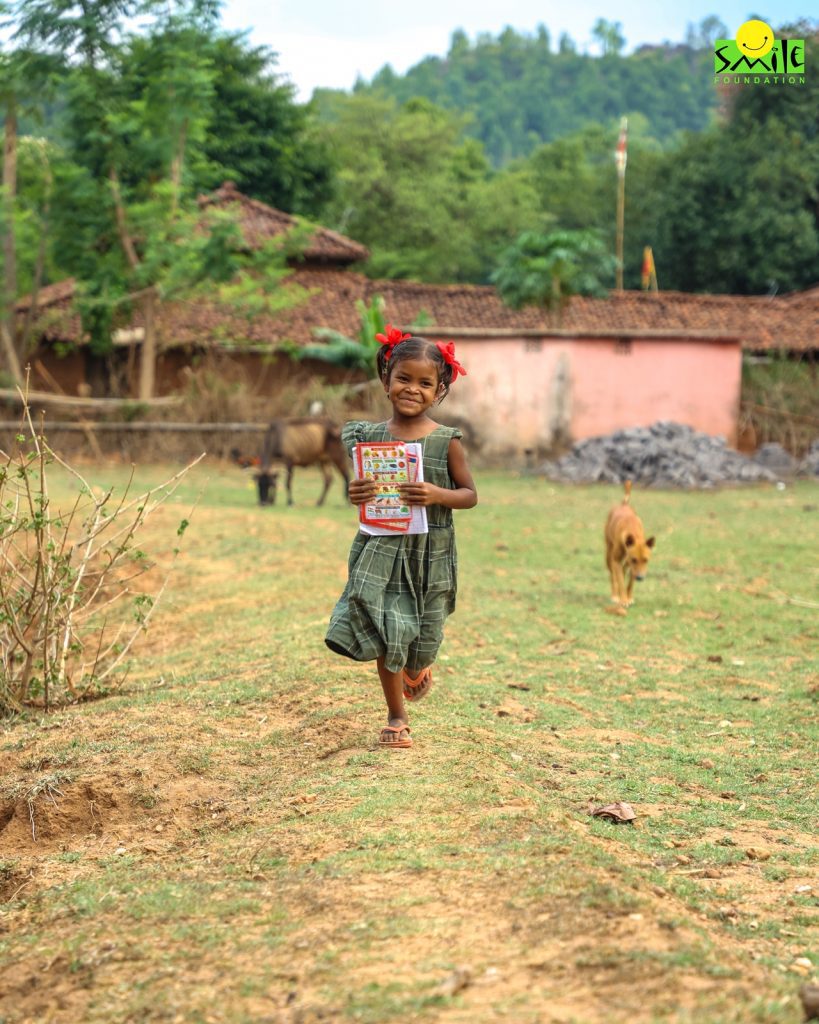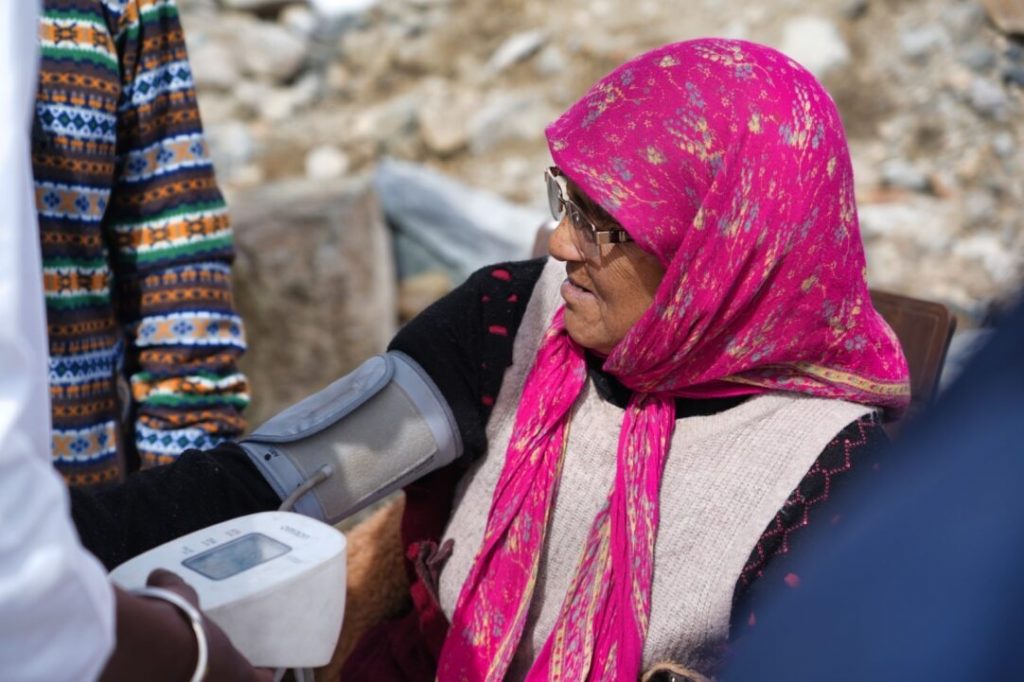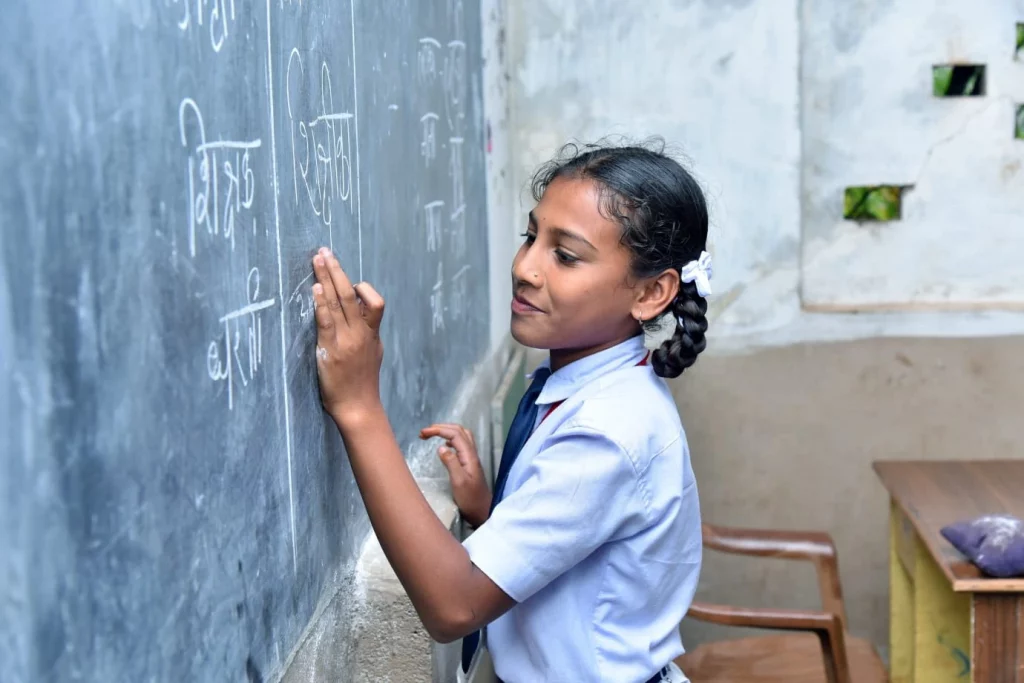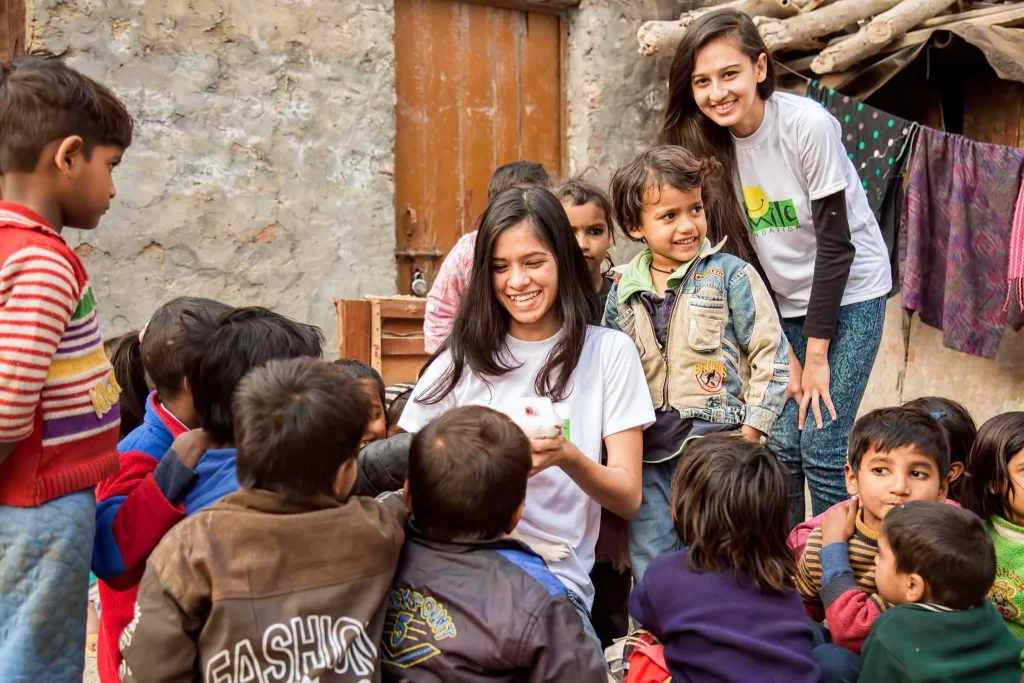Climate change is not an abstract environmental crisis but a deeply human one, disproportionately impacting those already marginalized. Among its many victims, women stand out as bearing the brunt of its devastating consequences. The United Nations estimates that 80% of people displaced by climate change are women. This stark statistic underscores the gendered nature of the crisis, intertwining environmental degradation with existing societal inequalities. Climate change exacerbates vulnerabilities, perpetuates gender-based violence, and disrupts lives, pushing women further into the shadows of poverty and insecurity.
From drought-stricken fields to cyclone-ravaged villages, women are often left grappling with the dual burden of survival and caregiving, while their access to resources, rights, and decision-making remains limited. To address climate change comprehensively, we must acknowledge and act upon its gendered impacts.
The gendered impact of climate disasters
Natural disasters and extreme weather events do not affect everyone equally. Women and girls are 14 times more likely to die in such events compared to men. Limited mobility, access to resources, and decision-making power render them especially vulnerable. Beyond immediate survival, the aftermath of disasters brings further challenges. Relief efforts often fail to account for women’s specific needs, such as access to maternal healthcare, hygiene products, and safety in shelters, leaving them exposed to risks like sexual violence and human trafficking.
The displacement caused by climate change intensifies these vulnerabilities. Over four out of five individuals displaced by climate impacts are women. Displacement often leads to the breakdown of social structures, leaving women and girls susceptible to exploitation, child marriage, and trafficking. For example, in regions experiencing prolonged droughts or floods, families may resort to marrying off young daughters to secure food or reduce the number of dependents.
The burden of resource scarcity
In many parts of the world, women are the primary managers of household resources such as water, food, and fuel. Climate change-induced resource scarcity places an overwhelming burden on them. Erratic rainfall patterns and prolonged droughts force women and girls to walk longer distances to fetch water, often at the cost of education and personal safety. This was evident in arid regions of Africa, where women reported traveling over 10 miles daily for water, risking exposure to physical and sexual violence.
Agriculture, a sector heavily reliant on women’s labor, is particularly vulnerable to climate change. Women constitute up to 43% of the agricultural workforce in developing countries, yet they face systemic barriers such as lack of land ownership, limited access to credit, and insufficient training in climate-resilient practices. During periods of crop failure or dwindling yields, the burden of securing income and sustenance for their families falls disproportionately on women, perpetuating cycles of poverty and inequality.
Health and education: Collateral damage
Climate change also has far-reaching implications for women’s health and education. Extreme weather events disrupt healthcare services, jeopardizing maternal and child health. Pregnant women are particularly vulnerable to heat stress, which has been linked to higher incidences of adverse birth outcomes. Moreover, the spread of vector-borne diseases like malaria and dengue, exacerbated by changing climates, disproportionately affects women due to their caregiving responsibilities.
Education, a crucial tool for empowerment, is often an early casualty of climate crises. Girls are more likely than boys to drop out of school to assist with household chores or resource collection in times of scarcity. The destruction of schools during natural disasters further disrupts their education. According to UNICEF, over 37.5 million students—a significant proportion of them girls—have their education interrupted annually due to extreme weather events.
Gender-based violence in climate crises
The intersection of climate change and gender-based violence is another grim reality. Cases of domestic violence and sexual exploitation often increase in regions facing prolonged droughts or food shortages. Displacement camps, often overcrowded and under-resourced, become hotspots for trafficking and abuse.
Child marriage is yet another concerning consequence of climate-induced desperation. Families facing hunger and severe financial struggles often see early marriage as a way to cope or survive. In regions of South Asia and Sub-Saharan Africa, climate-induced poverty has been directly linked to a rise in child marriages.
Women as agents of change
Despite these challenges, women are not merely victims of climate change. They are pivotal agents of resilience and adaptation. In many communities, women lead efforts in sustainable agriculture, water conservation, and disaster preparedness. Indigenous women, in particular, hold invaluable knowledge about biodiversity and ecosystem management, contributing to climate resilience.
Women’s leadership is increasingly recognized at various levels of climate action. Research highlights that countries with higher proportions of women in parliament are more likely to ratify environmental treaties and adopt stringent climate policies. Furthermore, women-led organizations and movements, such as the Chipko movement in India, have historically played a crucial role in environmental conservation.
The path forward: Gender-responsive climate action
Addressing the gendered impacts of climate change requires a multidimensional approach. Policymakers must prioritize gender-responsive climate strategies that empower women while addressing their unique vulnerabilities. These strategies include:
- Enhancing Access to Resources: Providing women with equal access to land, credit, and technology can significantly improve agricultural productivity and resilience.
- Investing in Education and Training: Empowering women with climate-resilient skills and knowledge can boost their capacity to adapt and lead.
- Ensuring Representation: Women’s voices must be included in climate decision-making processes at local, national, and global levels.
- Strengthening Legal Protections: Safeguarding women from climate-induced violence and exploitation through robust legal frameworks is essential.
- Promoting Health Services: Expanding access to healthcare, including maternal and reproductive health services, is vital in climate-vulnerable regions.
Conclusion
Climate change is not “gender neutral.” Its impacts deepen pre-existing inequalities, making women disproportionately vulnerable. Yet, women also embody resilience and leadership, offering solutions rooted in their lived experiences and knowledge. To combat climate change effectively, the world must adopt a gender-responsive approach that empowers women and integrates their perspectives into climate policies. By doing so, we not only address the injustices of climate change but also unlock the potential for a more equitable and sustainable future.










